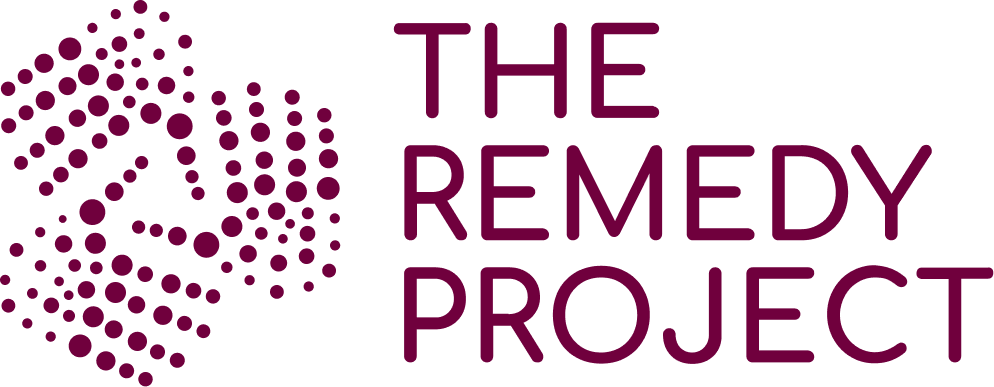EU’s Forced Labour Regulation: Accountability and Remedy are but two sides of the same coin.
After much anticipation, European Union (‘EU’) Member States on 13th March, adopted the EU Forced Labour Regulation (‘Regulation’), a legislation seeking to ban all products made with forced labour from the EU market. The legislation is a welcome move towards ending the prevalence of forced labour in global supply chains. However, it falls short of taking a rights centric approach by omitting the inclusion of provisions on access to remedy. The Remedy Project recently joined a group of civil society organizations, business associations and companies in calling for the vital need to highlight clear and effective provisions on remediation in the Regulation.1 Other experts too have underscored how the lack of provisions that facilitate the remediation of victims of forced labour such as claiming of back wages, retrieval of identify documents, and/or compensation for forced labour conditions can weaken the effectiveness of the Regulation.2
At the request of the European Parliament’s Subcommittee on Human Rights (‘DROI’) scholars provided a briefing on the issue of remedies and advanced the case for including multiple provisions to promote access to effective remediation for victims of forced labour. Amongst a range of remediation measures proposed, the briefing also emphasised the wide-ranging impact of the legislation well beyond the EU, and the possibility of influencing policies and practices across other jurisdictions. Indeed, legal tools such as the EU Forced Labour Regulation can result in achieving remedies for victims of forced labour who are often outside the territory of the EU and in bringing about change in industries that are resistant to reforms.
The U.S Tariff Act (‘Tariff Act’) is an excellent example of how the imposition of import bans on companies facing allegations of forced labour can pave the way for the provision of remedies for people working in forced labour conditions. The Remedy Project in a paper examined nine cases of import bans across various jurisdictions and analysed how company action towards getting the ban lifted ban resulted in the provision of some remedy, most notably the commitment to repay recruitment fees for affected people. Thus, reiterating the view that import ban mechanisms can serve as a critical tool to facilitate some forms of remediation for victims, and not just as an accountability mechanism for companies. However, considering there is limited evidence to suggest that import bans definitively lead to the elimination of forced labour, the proposal for inclusion of remediation provisions in the Regulation gains even more significance. Like the EU Regulation, the Tariff Act too does not contain provisions on access to remedy, but rather focuses on the removal of forced labour indicators.
Lessons learnt from the Tariff Act cement the case for the inclusion of remediation provisions as a fundamental step in achieving remedy for victims of forced labour along with contributing to the elimination of forced labour. The immense potential of the Regulation to facilitate workers’ access to remedy, lies in its broad reach (including extending to small and medium-sized enterprises) and global scope. The inclusion of remediation measures would set in place a movement aimed at achieving systems-based change within supply chains. The move would address concerns surrounding both accountability and remedy through a single approach. Access to remedy would ensure that in instances where forced labour allegations are substantiated, companies have the opportunity to remedy past violations alongside processes that are forward looking to prevent forced labour conditions from arising and subsisting.
Without the provisions on access to remedy or any subsequent guidance in respect thereof, the Regulation could create significant remediation gaps in supply chains, such as companies ending relationships with suppliers over allegations of forced labour, leaving affected people with no recourse. It is also hard to comprehend how forced labour indicators can effectively be removed without due care and attention taken to provide remedies for affected people. Moreover, the Regulation does not envisage any avenues for engagement with stakeholders including affected rightsholders, who can provide a composite view of how effective efforts of companies have been in addressing the indicators of forced labour and their impact on people.
The inclusion of provisions on remediation could also lead to systems-based changes in the ways suppliers determine working conditions for their workforce. Along with the adoption of corrective action plans and evidence of remediation provided, suppliers could make operational changes, thus dismantling systems that enable forced labour to thrive and remediating those who have suffered. Due to the multifaceted ways in which forced labour conditions are imposed, and the reliance on social audits by industries across sectors, detection and identification of victims is challenging. The creation of accessible pathways for victims for the purposes of remediation would encourage the discovery of forced labour in challenging conditions.
Despite these shortcomings, the Regulation is a ground-breaking legislation and sends a strong message that the EU is committed to the long-standing fight to combat forced labour. It marks real progress in aligning the EU’s legislative instruments with its counterparts in other jurisdictions. The global scope of the Regulation will contribute towards addressing exploitation across regions, and industries thus having the potential to achieve significant impacts in eradicating forced labour. Furthermore, the adoption of the Regulation in this time frame and climate is truly a commendable achievement. The Regulation provides tremendous opportunity to achieve accountability and create systems-based change. However, we must not forget the crucial need to remedy harm and to prevent future harm. After all prevention is the best form of remedy.
